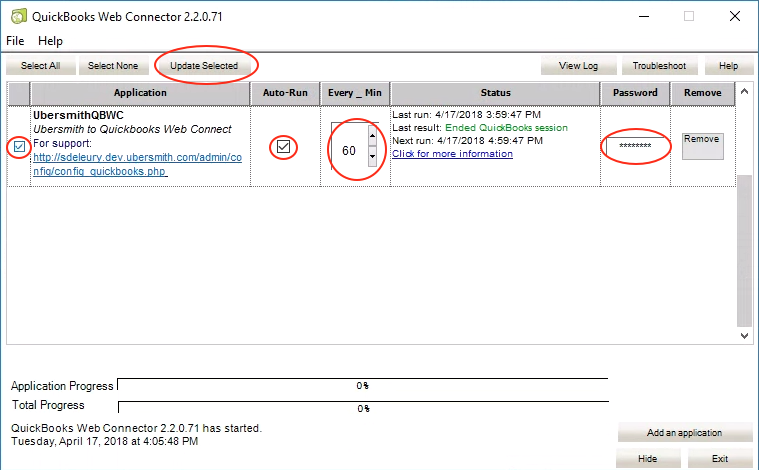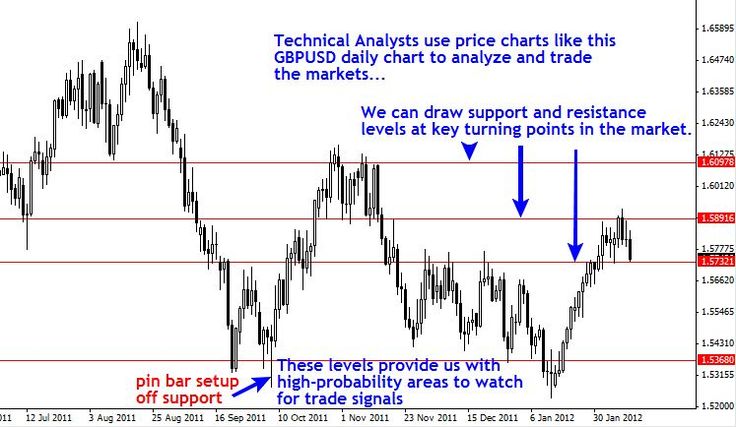
One of the best methods to save for retirement is through 401k plans. Before you start, it is important to know your 401k's investment options.
Your 401k investing choices depend on the type of 401k plan you have, your employer's matching funds and how you want to structure your 401k account. This also depends on the amount needed to retire, your age and your risk tolerance.
Diversifying your portfolio can help you to grow your investment over time.
Most 401k plan options include mutual funds or ETFs. Funds are baskets of securities, usually equities but can include bonds and other types of instruments.
Stock market investing is risky and you can lose money at any time. If you follow a proven investment plan, it is likely that your assets will grow over time.

You should meet with a financial planner to discuss your goals, and the best way to structure your 401k. A financial advisor can help you to determine your level of risk tolerance and build a portfolio that will maximize your retirement savings.
Target-date funds are often a popular choice in 401k plans because they have a predetermined mix of investments based on the year you anticipate retiring. These funds don't work perfectly, but they do make it easier for you to build a diverse portfolio.
A balanced fund is also a popular option for 401k investing. These funds usually allocate 60% of 401k contributions into stocks and 40% into bonds. The goal is for you to benefit from a rising market while not losing a significant amount of money during a fall.
You could also invest in more bond funds. They don't give as much return, however they are less risky. And will protect your retirement account from a stock-market crash.
Your 401k investments options can differ greatly between plans. But if in doubt, you should always seek professional advice.
When you invest in a mutual fund or individual security like a stock, you will pay fees. These fees can be substantial and vary widely. Shop around to find the lowest cost.

If your 401k offers index funds as an option, consider them. They are typically cheaper than actively-managed portfolios. Index funds follow a specific index like the S&P 500. You don't have to pay the fees associated with an active fund manager because they are tracking a specific index.
Your retirement nest egg can be made or broken by your 401k investment plan. So, it is important to create a plan you can stick to through ups and downs in the market. Also, it's a great idea to make use of the match offered by your employer.
A 401k investment professional can help you select the right fund for your situation and monitor it on a regular basis to ensure you're getting the most out of it. The investment fund you choose should match your risk appetite and time horizon.
FAQ
What are the different types of investments?
There are four types of investments: equity, cash, real estate and debt.
It is a contractual obligation to repay the money later. It is usually used as a way to finance large projects such as building houses, factories, etc. Equity can be described as when you buy shares of a company. Real estate means you have land or buildings. Cash is what you have now.
You are part owner of the company when you invest money in stocks, bonds or mutual funds. Share in the profits or losses.
What kind of investment vehicle should I use?
You have two main options when it comes investing: stocks or bonds.
Stocks are ownership rights in companies. They offer higher returns than bonds, which pay out interest monthly rather than annually.
You should invest in stocks if your goal is to quickly accumulate wealth.
Bonds are safer investments, but yield lower returns.
You should also keep in mind that other types of investments exist.
These include real estate, precious metals and art, as well as collectibles and private businesses.
Can passive income be made without starting your own business?
It is. In fact, many of today's successful people started their own businesses. Many of them had businesses before they became famous.
You don't necessarily need a business to generate passive income. You can create services and products that people will find useful.
You might write articles about subjects that interest you. You can also write books. You could even offer consulting services. Your only requirement is to be of value to others.
Is it really a good idea to invest in gold
Since ancient times, gold is a common metal. And throughout history, it has held its value well.
As with all commodities, gold prices change over time. Profits will be made when the price is higher. You will be losing if the prices fall.
It all boils down to timing, no matter how you decide whether or not to invest.
Statistics
- An important note to remember is that a bond may only net you a 3% return on your money over multiple years. (ruleoneinvesting.com)
- If your stock drops 10% below its purchase price, you have the opportunity to sell that stock to someone else and still retain 90% of your risk capital. (investopedia.com)
- They charge a small fee for portfolio management, generally around 0.25% of your account balance. (nerdwallet.com)
- Some traders typically risk 2-5% of their capital based on any particular trade. (investopedia.com)
External Links
How To
How to invest in stocks
Investing has become a very popular way to make a living. It's also one of the most efficient ways to generate passive income. You don't need to have much capital to invest. There are plenty of opportunities. You just have to know where to look and what to do. The following article will show you how to start investing in the stock market.
Stocks represent shares of company ownership. There are two types, common stocks and preferable stocks. Common stocks are traded publicly, while preferred stocks are privately held. The stock exchange trades shares of public companies. They are valued based on the company's current earnings and future prospects. Stock investors buy stocks to make profits. This is called speculation.
There are three steps to buying stock. First, decide whether to buy individual stocks or mutual funds. Second, you will need to decide which type of investment vehicle. Third, determine how much money should be invested.
Choose whether to buy individual stock or mutual funds
When you are first starting out, it may be better to use mutual funds. These portfolios are professionally managed and contain multiple stocks. Consider how much risk your willingness to take when you invest your money in mutual fund investments. Some mutual funds have higher risks than others. You might be better off investing your money in low-risk funds if you're new to the market.
You should do your research about the companies you wish to invest in, if you prefer to do so individually. Check if the stock's price has gone up in recent months before you buy it. It is not a good idea to buy stock at a lower cost only to have it go up later.
Select your Investment Vehicle
After you've made a decision about whether you want individual stocks or mutual fund investments, you need to pick an investment vehicle. An investment vehicle simply means another way to manage money. You could place your money in a bank and receive monthly interest. Or, you could establish a brokerage account and sell individual stocks.
Self-directed IRAs (Individual Retirement accounts) are also possible. This allows you to directly invest in stocks. Self-Directed IRAs are similar to 401(k)s, except that you can control the amount of money you contribute.
Your needs will guide you in choosing the right investment vehicle. You may want to diversify your portfolio or focus on one stock. Are you looking for growth potential or stability? How confident are you in managing your own finances
All investors must have access to account information according to the IRS. To learn more about this requirement, visit www.irs.gov/investor/pubs/instructionsforindividualinvestors/index.html#id235800.
Decide how much money should be invested
It is important to decide what percentage of your income to invest before you start investing. You can set aside as little as 5 percent of your total income or as much as 100 percent. The amount you decide to allocate will depend on your goals.
It may not be a good idea to put too much money into investments if your goal is to save enough for retirement. If you plan to retire in five years, 50 percent of your income could be committed to investments.
It is crucial to remember that the amount you invest will impact your returns. Consider your long-term financial plan before you decide what percentage of your income should be invested in investments.